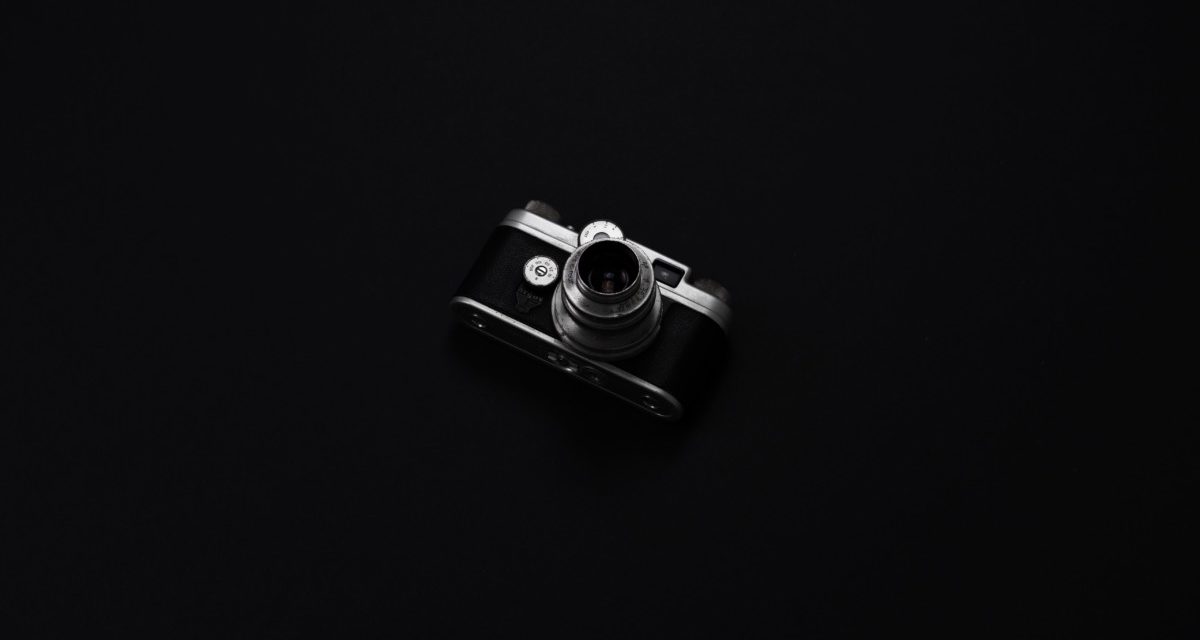[ad_1]
The best way I can think of describing the Olympus FE-45 is cheap and cheerful. This is a 10 megapixel digital camera with a 3x optical zoom lens. It is one of the cheapest digital cameras available from a leading brand.
The biggest attraction the FE-45 has is ease of use. There are not a great number of buttons on the back of the camera to get to grips with and the menu system is fairly straightforward as well. A large part of the reason for this is that Olympus has kept the feature set of the FE-45 to a minimum. You still get a few flash modes to choose from together with a 2.5 inch LCD screen, plus macro and movie modes. If you want to get a little more technical you also have access to a small number of more advanced features such as white balance and ISO settings. White balance is useful if you want to boost the colour of a shot while higher ISO settings can help you to produce photos in darker conditions where you are either prohibited from using flash or you are out of range.
In terms of size the FE-45 will slip into a larger pocket, but it is clearly larger than some of the slimline cameras you can find. There is a slightly raised area on the front of the camera. This gives you a better grip of the camera, helping you to take a steady hold and avoid camera shake. There are three colour choices. These are black, silver and blue.
Power comes from two AA batteries. There are advantages and disadvantages to the different types of batteries used in digital cameras. AA batteries mean that it is cheap to carry a spare set with you, but it can add to the overall running costs. If you have rechargeable AA batteries and a charger it is a good idea to take advantage of them otherwise you may need to add the cost of batteries and a charger to your budget.
When buying at the cheaper end of the market you do need to make the odd compromise. The FE-45 can struggle to bring out detail in light and dark areas of a shot, especially when contrast levels are high in the scene. Overall all this leads to a lack of crispness in the shots the camera produced. How much of a problem this is will depend on how large you are planning to make your prints. These problems will be a lot less obvious if you keep your prints to a smaller size.
I also had issues with how slow the camera was to take a photo. It is certainly slower than the vast majority of digital cameras and there is a danger of missing shots if you are photographing scenes that may change quickly.
There are a number of similar digital cameras around that you can choose from. These include the Nikon Coolpix L19, Nikon Coolpix L20 and the Canon Powershot A480. In my view these three cameras all have a bit in hand over the Olympus FE-45 when it comes to picture quality. The Canon Powershot A480 has a few more features while the two Nikon models offer great ease of use. They are all available for around the same price mark.
If you are prepared to pay a little more this brings into play some smaller, slimmer digital cameras. Ones you may wish to consider include the Panasonic Lumix DMC FS6.
[ad_2]
Source by Andy Needham

